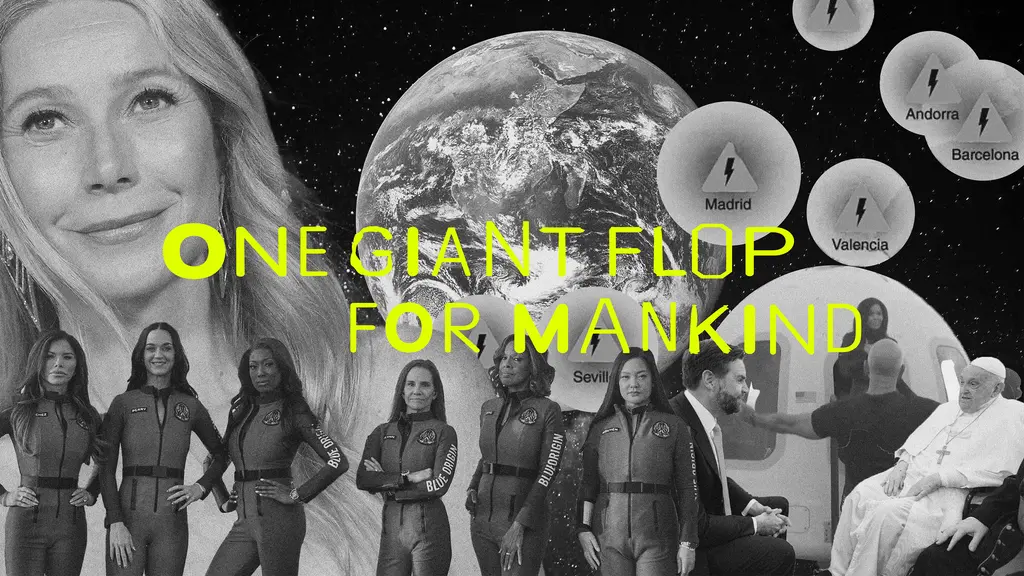A journey behind the Iron Curtain in the ‘70s and ‘80s
- Text by Miss Rosen
- Photography by Arthur Grace

By 1977, the Cold War had come to define international politics. Three decades in, the United States and Soviet Union established themselves as global superpowers, creating strategic alliances and fighting a series of proxy wars in Southeast Asia. The nations of Eastern Europe were known as the Soviet Bloc kept behind what became known as the ‘Iron Curtain’. Largely impenetrable, it became the stuff of legend and myth, fueling countless spy films.
That same year, American photographer Arthur Grace, then 30, travelled to West Berlin to embark on a month-long series journeying through the Soviet Bloc for TIME magazine. Grace, whose family came from Ukraine and Russia, was excited about the gig. Not only was the Cold War a massive international story – but he also loved John le Carré genre-defining espionage novels.
“The stories that interested Western media, besides the obvious news events, were focused on a few main themes: repression, economic hardships, regimentation and conformity, the quantity and quality of goods and services, and the basic humanity of the people who lived under authoritarian rule,” says Grace.

“The basic impression that these stories drove home was that communism, or at least what passed for communism in Soviet Bloc countries, was a failed and brutal system of government.”
Over the next 12 years, Grace would document scenes of both daily life and historic events behind the Iron Curtain, amassing a fascinating archive of portraits of factory workers, farmers, churchgoers, vacationers, and restless teens are set amid images of May Day Parades, Poland’s Solidarity movement, Moscow’s Red Square, Brutalist architecture, and endless food lines.


With the publication of Communism(s): A Cold War Album (Damiani) Grace revisits his travels to USSR, Poland, Romania, Yugoslavia, and the German Democratic Republic, offering an intimate portrait of the people whose lives fueled propaganda on both sides.
Accompanied by state-appointed “minders” – both seen and unseen – Grace found ways to evade the constant surveillance of his work. “I quickly learned to adopt the necessary tactics – distraction, misdirection, or outright evasion – to get around these obstacles, in order to photograph the reality on the ground, rather than the spoon-fed images from a Potemkin Village,” he says.


“The challenge for Western journalists was to pull back the curtain on this façade or at least poke holes in this make-believe communist/authoritarian narrative. I saw first-hand the food shortages, the lack of goods and services, the fear and anxiety of living in a police state.”
In 1981, Grace documented Poland’s Solidarity movement and the government’s response of martial law the following year. But by 1983, Grace noticed things had begun to change with the arrival of Pope John Paul II.
“People seemed to be in better spirits, the surveillance from State security wasn’t a factor in doing your job, and the swarm of western journalists covering the story made it feel almost like you were working in a democratic country,” he says. “There was a feeling that this could be the start of something liberating.”




Communism(s): A Cold War Album is out now on Damiani.
Enjoyed this article? Like Huck on Facebook or follow us on Twitter and Instagram.
You might like

In Medellín’s alleys and side streets, football’s founding spirit shines
Street Spirit — Granted two weeks of unfettered access, photographer Tom Ringsby captures the warmth and DIY essence of the Colombian city’s grassroots street football scene.
Written by: Isaac Muk

Remembering New York’s ’90s gay scene via its vibrant nightclub flyers
Getting In — After coming out in his 20s, David Kennerley became a fixture on the city’s queer scene, while pocketing invites that he picked up along the way. His latest book dives into his rich archive.
Written by: Miss Rosen

On Alexander Skarsgård’s trousers, The Rehearsal, and the importance of weirdos
Freaks and Finances — In the May edition of our monthly culture newsletter, columnist Emma Garland reflects on the Swedish actor’s Cannes look, Nathan Fielder’s wild ambition, and Jafaican.
Written by: Emma Garland

Why Katy Perry’s space flight was one giant flop for mankind
Galactic girlbossing — In a widely-panned, 11-minute trip to the edge of the earth’s atmosphere, the ‘Women’s World’ singer joined an all-female space crew in an expensive vanity advert for Jeff Bezos’ Blue Origin. Newsletter columnist Emma Garland explains its apocalypse indicating signs.
Written by: Emma Garland

Katie Goh: “I want people to engage with the politics of oranges”
Foreign Fruit — In her new book, the Edinburgh-based writer traces her personal history through the citrus fruit’s global spread, from a village in China to Californian groves. Angela Hui caught up with her to find out more.
Written by: Angela Hui

We are all Mia Khalifa
How humour, therapy and community help Huck's latest cover star control her narrative.
Written by: Alya Mooro

